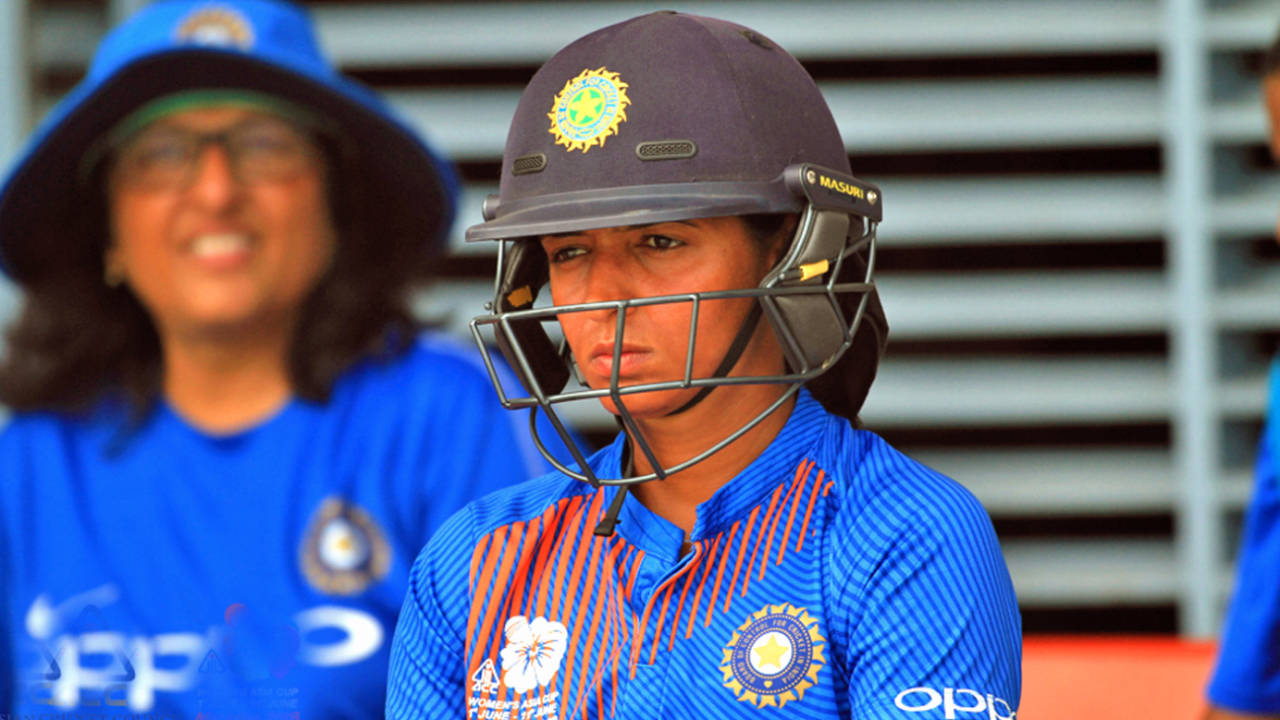What went wrong with India in the Asia Cup?
The tournament was a chance for India to experiment with their combinations ahead of the World T20 in November. Instead, India went down twice to Bangladesh, including in the final on Sunday
A pensive Harmanpreet Kaur awaits her turn in the dugout • ACC

Annesha Ghosh is a sub-editor at ESPNcricinfo
